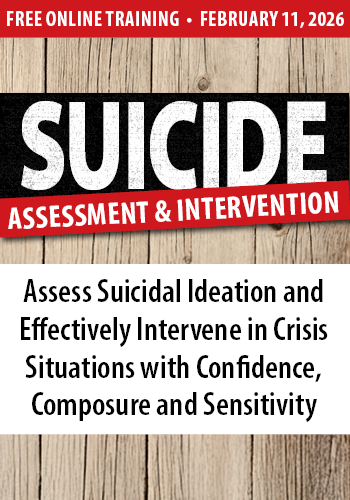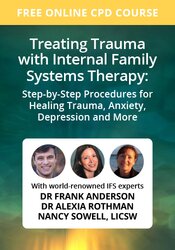Enrol in an online course today for flexible, self-paced learning—no fixed schedule required. Plus, enjoy lifetime access to course materials for convenient revisiting.
Working with the Menstrual Cycle 2/2: Understanding the Four Phases

The menstrual cycle is a process that intrinsically organises the day-to-day lived experience of many women’s lives: a cycle that can continue for up to 40 years. The impact of the menstrual cycle on a woman’s embodied emotional experience cannot be underestimated, yet in therapy, it is rarely explored or even mentioned.
For a woman to understand herself fully, she also needs to be aware of her own rhythm – that is, how her body, energy and mood are constantly changing. If we as therapists have an understanding of the menstrual cycle and its different phases, and a willingness to begin to enquire into our clients lived experience, we can open up an exploration, which has the potential to be deeply healing and transformational.
Whilst I refer to menstruating women in this pair of posts, I include menstruating clients of all genders to whom this work is also relevant.
The four phases of the menstrual cycle
A menstruating woman’s body undergoes daily physical and emotional changes. And whilst every woman’s cycle is different and unique to her, the endocrine system with its accompanying hormonal fluctuations functions in a fairly predictable way.
The menstrual cycle has four distinct hormonal phases. At each phase, the brain and body work together in different ways to complete different functions, changing energy levels, moods, somatic sensitivities – and thus significantly changing a woman’s phenomenological experience from day to day.
1 Follicular – approximately day six to day 11
The follicular phase is the first phase of the cycle and is likened to spring, a time of new beginnings and re-birth. After we have finished bleeding, our oestrogen levels slowly begin to rise. Oestrogen stimulates the sympathetic nervous system and excites the brain, so our intellectual capacity is re-stimulated, our memory improves along with our verbal performance, we have greater clarity and, in turn, our need to socialise and connect with others re-emerges.
2 Ovulation – approximately day 12 to day 19
As our body prepares for ovulation – the season of summer – our oestrogen and testosterone levels peak along with our energy, sex drive and communication skills. Our energy is mobilised and, biologically, we are primed to attract our mate and pro-create. This is a time of peak action and creativity.
3 Luteal / Pre Menstruum – approximately day 20 to day 26
The luteal or pre-menstruum phase is our inner autumn. After ovulation our oestrogen levels plummet, slowly rise and then plummet again, leaving us feeling discombobulated and low in mood. Our progesterone levels also rise and fall, following a similar pattern. Progesterone stimulates the para-sympathetic nervous system, which slows down the mobilising effect of oestrogen. This causes the brain to become more sedate, and as our progesterone levels abruptly drop along with our oestrogen, we become more irritable, upset, less focused, more diffuse and generally slower.
As our mind and body slows down, so our intuition heightens. This is a time of sharpened awareness. We feel when things rub us up the wrong way, and we feel the impact of going against the needs of our body and stretching beyond our limit.
4 Menstruation – approximately day 27 to day five
The end of the cycle – our inner winter – culminates in menstruation. As our oestrogen and progesterone levels reach their lowest point, so does our energy. This is a time of heightened intuition, quiet reflection, and stillness; a time to attend to our inner emotional and spiritual world and to withdraw from the world outside, as much as our action packed modern life allows.
Teaching these four phases to our clients, as well as encouraging them to track their own cycle (noting mood, emotion and energy), is a great starting point. Raising awareness about the ways in which we may create additional tension in our bodies by going against what our bodies need – particularly in the latter phase of the cycle – allows us to explore what support and resources might need to be put in place, so that clients can flow with greater ease and harmony.

















